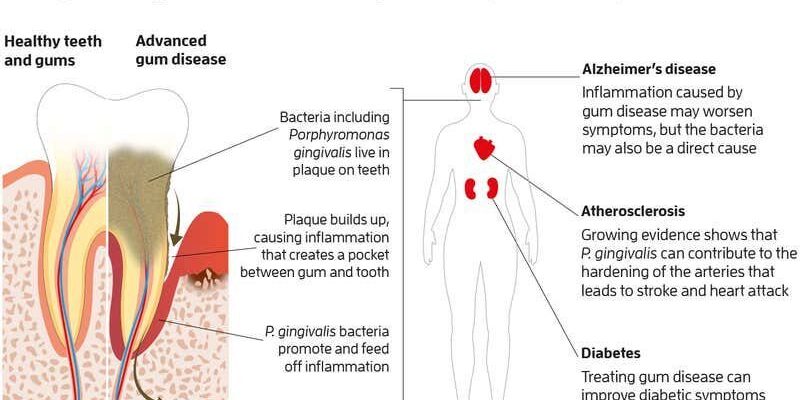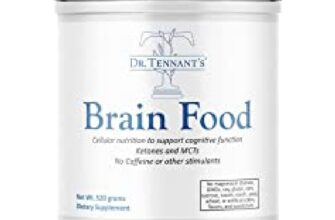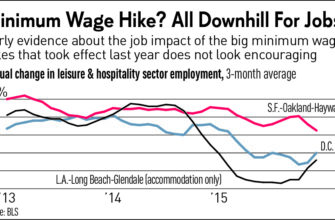For decades, our understanding of heart attacks has centered on the insidious buildup of atherosclerotic plaque – a fatty, hardened substance that chokes arteries. Yet, a recent scientific revelation suggests we might have overlooked a crucial accomplice in this silent killer: **the seemingly innocuous bacteria residing in our very own mouths.** It appears your toothbrush might wield more power than just keeping your breath fresh.
The Unsuspecting Culprit: Viridans Streptococci
Imagine, if you will, a microscopic inhabitant commonly found in the bustling ecosystem of your oral cavity. These are the viridans streptococci, a group of bacteria generally considered part of the normal oral flora. They`re often associated with dental plaque and, in some cases, can cause endocarditis (an infection of the heart`s inner lining). However, new research, meticulously detailed in the prestigious *Journal of the American Heart Association (JAHA)*, has pulled back the curtain on their far more sinister, and much more subtle, role.
Scientists, embarking on a deep dive into the true nature of arterial blockages, examined atherosclerotic plaque samples from 217 patients grappling with vascular issues. The findings were, to put it mildly, astonishing: nearly half of these samples harbored the unmistakable DNA signature of these very same viridans streptococci. The surprise wasn`t just their presence, but their location – deep within the very core of the plaques themselves.
Biofilms: The Bacteria`s Cloak of Invisibility
How do these oral invaders manage to set up shop in such a vital, yet hostile, environment without immediate detection? The answer lies in their remarkable ability to form **biofilms**. Think of a biofilm as a microscopic fortress, a protective matrix where bacterial communities can thrive, shielded from the watchful eyes of the body`s immune system. These biofilms effectively render the bacteria “invisible,” allowing them to persist undetected, much like a clandestine operation unfolding beneath the surface.
As long as the atherosclerotic plaque remained intact, the body`s sophisticated immune defenses, designed to neutralize threats, simply didn`t register these bacterial squatters. It was a classic case of out of sight, out of mind – until, of course, the situation escalated.
The Rupture: A Cascade of Catastrophe
The turning point in many heart attacks is the **rupture of an atherosclerotic plaque**. This event, often triggered by a sudden surge in blood pressure or stress, exposes the plaque`s contents to the bloodstream. And here, our hidden bacterial guests seize their moment. Upon rupture, the viridans streptococci, now free from their biofilm sanctuary, pour into the surrounding tissues.
This sudden exposure acts like a tripwire, activating specific immune receptors known as **TLR2**. The activation of TLR2 receptors doesn`t merely sound an alarm; it unleashes a potent, localized inflammatory response. This inflammation, fierce and uncontrolled, begins to aggressively erode the integrity of the vascular wall, leading to the formation of blood clots that can block the artery entirely. The devastating outcome? A myocardial infarction – a heart attack.
Connecting the Dots: A Stronger Link to Cardiovascular Disease
The study went further, establishing a compelling correlation: the presence of these particular bacteria was significantly more common in patients suffering from severe atherosclerosis and those with pre-existing cardiovascular conditions. This isn`t merely an incidental finding; it strongly suggests a causal link between chronic, low-grade bacterial infections (originating, quite ironically, from our mouths) and the grave risk of fatal complications in ischemic heart disease.
It`s a stark reminder that the human body is an intricately interconnected system. What happens in one seemingly isolated part – say, your oral cavity – can have profound, systemic consequences.
Implications and the Future of Heart Health
This groundbreaking research compels us to reconsider our approach to cardiovascular health. If our oral flora can indeed play such a critical, stealthy role in heart attacks, the implications are vast:
- Rethinking Prevention: Could meticulous oral hygiene, beyond preventing cavities and gum disease, be a direct strategy for preventing heart attacks? The thought of a well-maintained smile contributing to a healthier heart is, frankly, quite appealing.
- New Diagnostic Avenues: Imagine diagnostic tests that screen for these specific bacterial markers in individuals at risk for heart disease, potentially identifying a silent threat before it erupts.
- Innovative Therapies: Future treatments might involve not just managing cholesterol or blood pressure, but also targeting these hidden bacterial populations within plaques.
The irony isn`t lost: while we`ve been diligently watching our diets and exercise, a tiny, overlooked microbial community might have been silently laying the groundwork for disaster. This discovery underscores the complexity of human biology and the ever-evolving nature of medical science. It serves as a potent reminder that sometimes, the biggest threats come from the most unexpected, and seemingly innocuous, corners of our own bodies.








